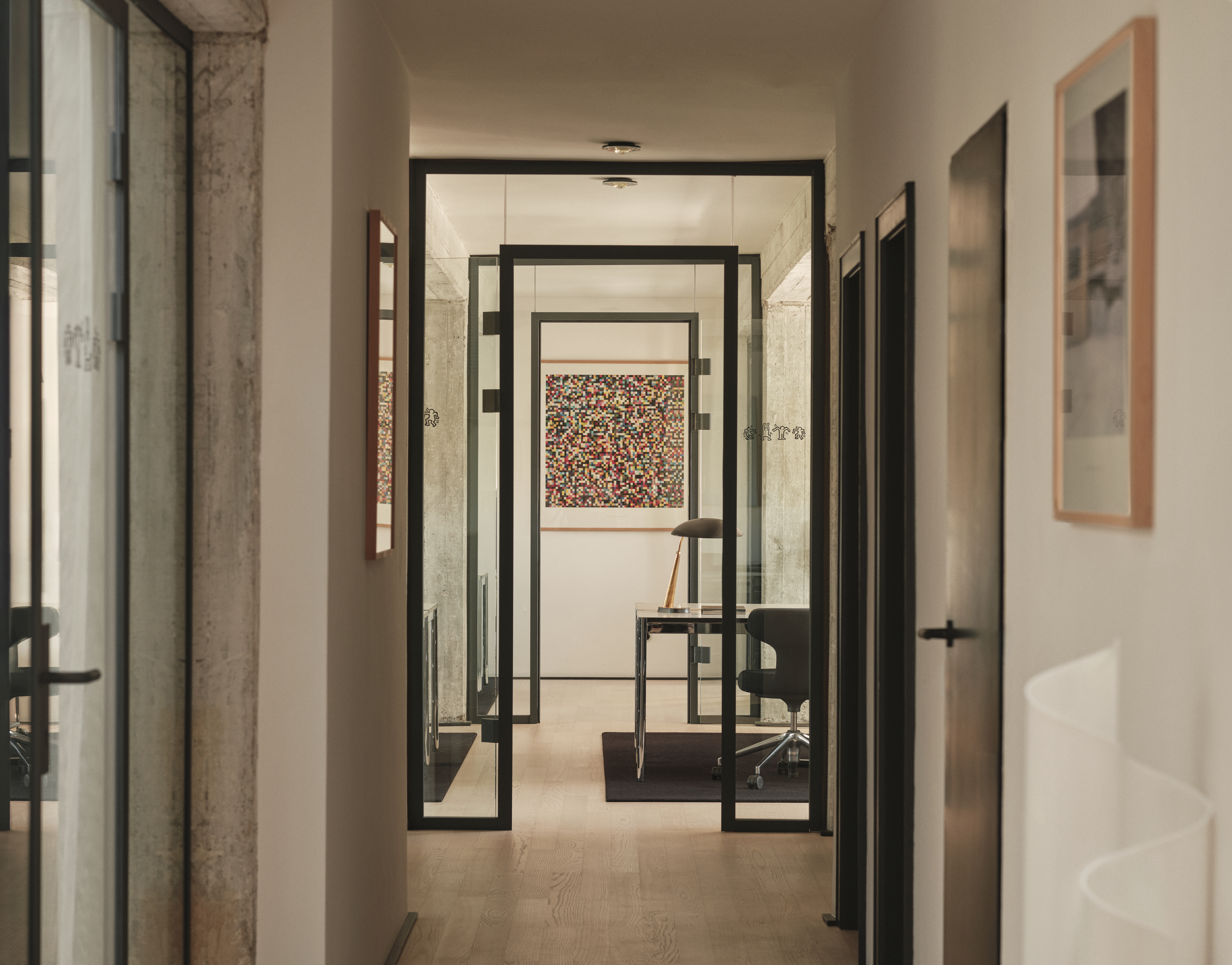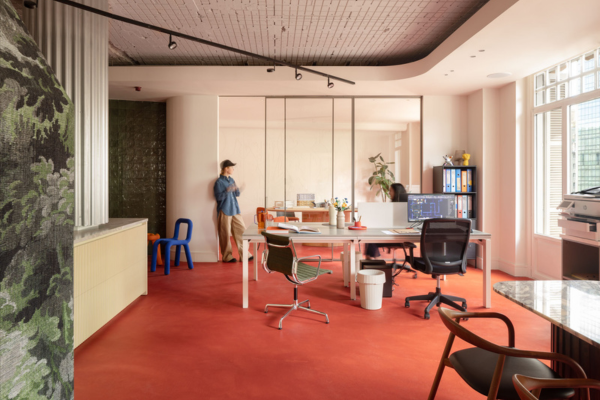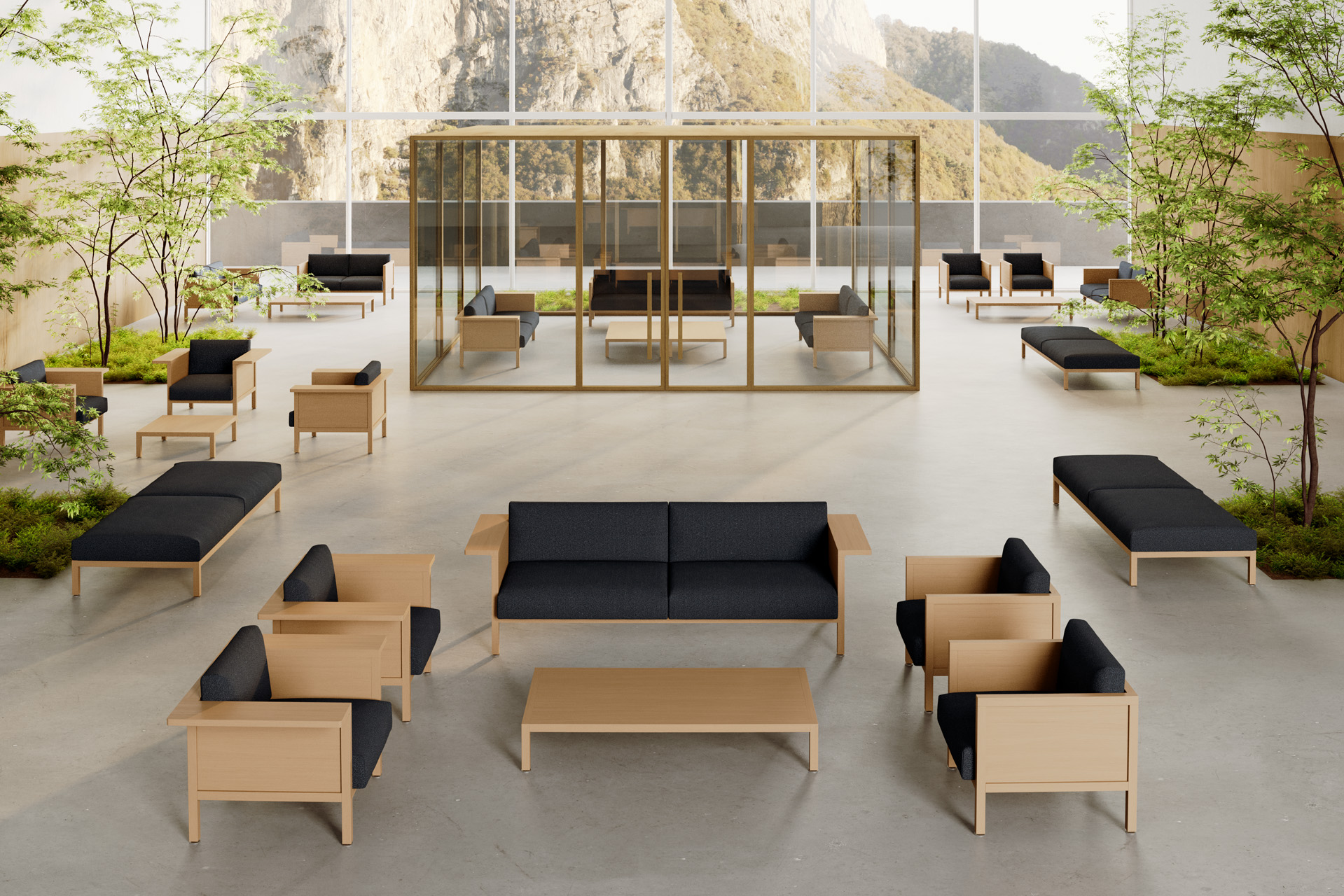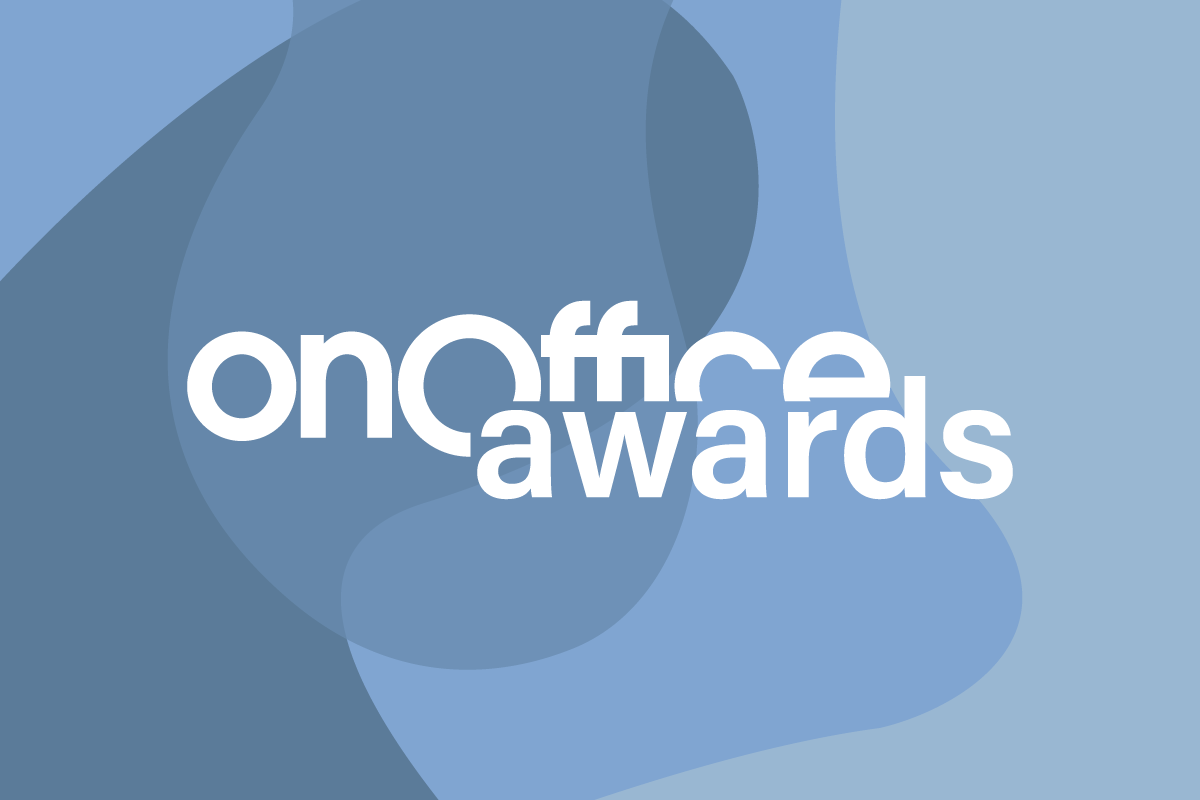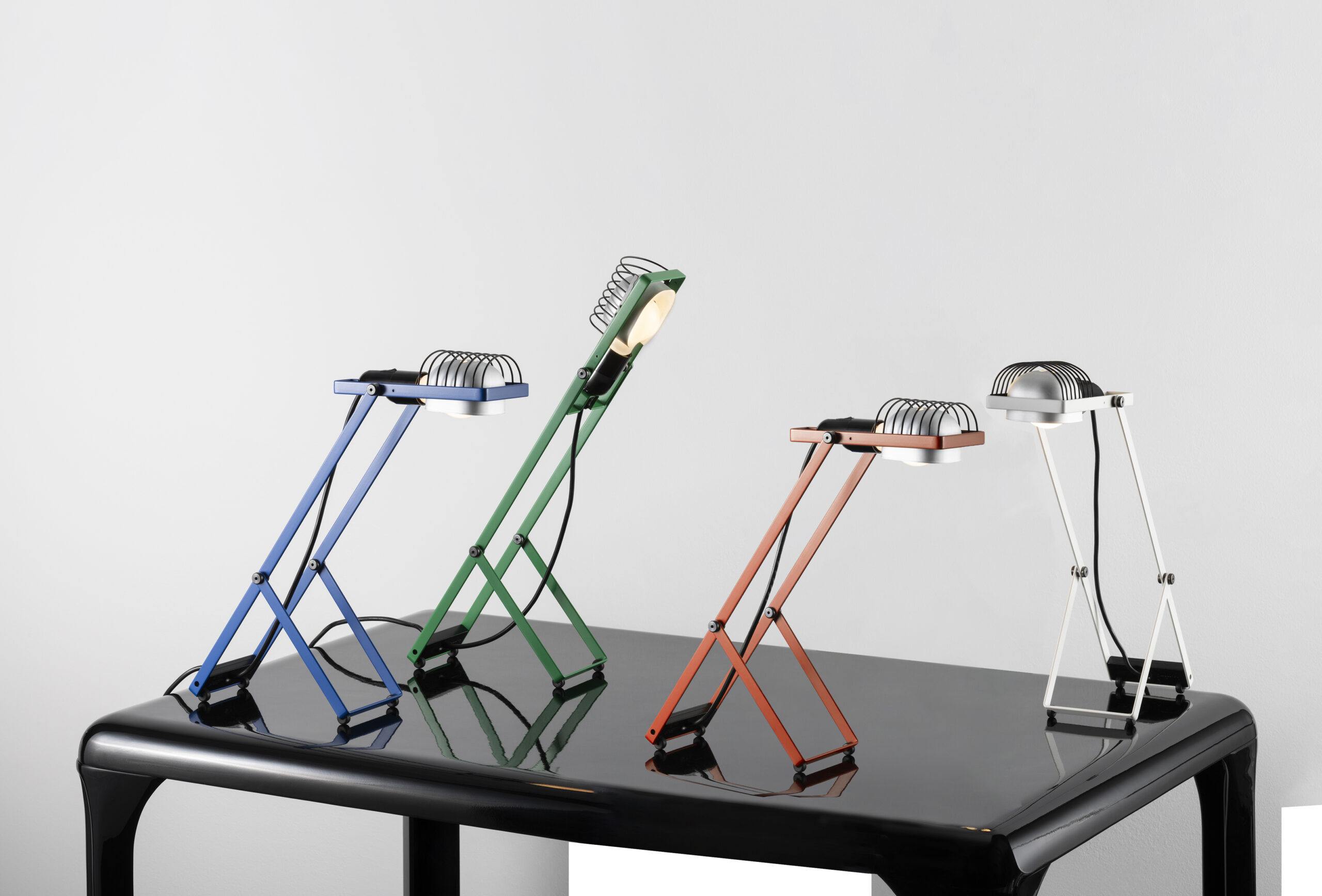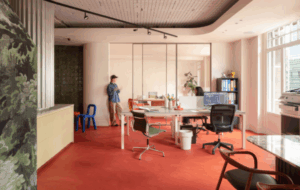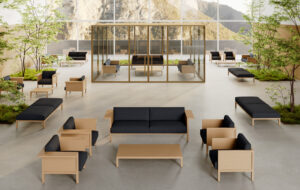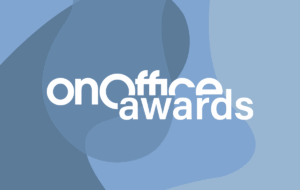
Rory O’Hagan, director at Assael Architecture, shares why green is the new black in office design
Environmental concerns are now dominating the business agenda for real estate. Investors, occupiers and developers are all increasingly making sustainability and ESG top priorities.
In turn, the importance of achieving certifications and standards such as WELL, BREEAM and Passivhaus, which measure an asset’s environmental, social and wellbeing performance, are becoming more sought after by our clients, meaning our projects are being evaluated at a far higher environmental standard than before.
Obviously, a building has two main stages in its life. The Design & Construction Stage, and the ‘In Use’ stage. The ability to make changes is at a maximum at the outset of the design process and the cost of design changes increase over time. The big sustainability wins are made during design.
While there is – rightly – a focus on slashing carbon emissions throughout the construction and material supply chain, as architects and designers we also need to be focusing on making buildings greener throughout their lifecycle for both occupiers and users.
Read more: Feel Good Friday: Strategies to combine wellbeing practices with your workday
One way to do this is to design net-zero workplaces by making buildings as energy-efficient as possible. Increasing insulation, improving ventilation and using heating systems that minimise waste are all easy ways to start this process.
Greener office design is necessary not only for its environmental impact, but it’s also important for both employees’ wellbeing and their employers’ bottom line.
Increased carbon dioxide levels are impacting productivity and mental wellbeing. As well as the well-known physiological effects that pollution can have on our health, like increased rates of asthma, a study from Budapest University found that increased carbon dioxide levels in workspaces made people feel more exhausted, less able to concentrate, and tasks required more mental effort to complete.
Designers and architects have several tools they can use to address these issues to create happier, healthier and more productive workforces.
Read more: Feel Good Friday: Wellbeing in the workplace is more than just a buzzword
Biophilic design is an easy way to reduce carbon dioxide in the workplace by pepper-potting living walls and office plants throughout the space, while also making sure there are easily accessible green outdoor areas. Spending 20 minutes or more a day outside in greenery can significantly reduce stress hormones.
And from a productivity perspective, greenery is also shown to reduce anxiety and depression, improve memory retention and increase focus – all of which are necessities for a productive workforce.
Greener building design will also help investors avoid stranded assets, especially as pension funds and insurers are all now pivoting towards sinking their money into cleaner and greener sectors and assets.
For example, a building that scores better on GRESB – an ESG benchmark used by investors and asset managers – will likely have a higher value in two decades time than one that is not as green. We are seeing our investor clients increasingly target these standards.
Environmentally conscious design is now an increasingly important consideration for employee wellbeing and their employers, and this trend will only continue as we work towards a net-zero UK by 2050.
Green is the new black for workplace design. As an industry we have to start listening to the wants of our consumers, clients and stakeholders, because this is not just a passing trend.
Image by Pexels, Victoria Borodinova

